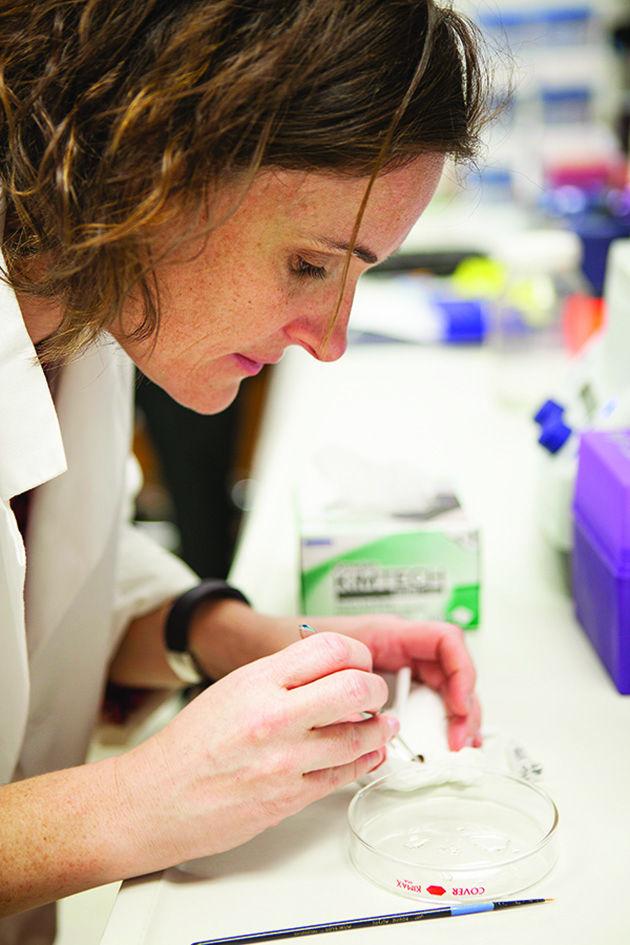When people think of ticks, they tend to think of their cats and dogs, however ticks also pose a threat to humans. Ticks carry Lyme disease, which has the potential to be life-altering and even deadly if left untreated.
Maria Esteve-Gassent, assistant professor of veterinary medicine and biomedical sciences, conducts research on a potential vaccine for Lyme disease at A&M’s “Lyme Lab.” Several past studies have shown promise in the development of a vaccine, however there is not currently a drug available to the public.
Esteve-Gassent’s work includes much more than possible cures, however, as she and her team try to understand why Texas has such a low amount of Lyme disease infections despite an environment that provides everything necessary for higher infection rates.
Esteve-Gassent studies tick ecology in Texas to understand the phenomenon. Through her research, she intends to develop a better understanding of the risk level that ticks pose in Texas and other low endemic states, or states in which the rate of Lyme contractions are relatively low.
The Lyme Lab studies the different components that come into human tick interactions, such as a tick’s feeding preference. One question they hope to answer is whether humans are a first choice for ticks or more of a last resort.
Esteve-Gassent also looks into the truth behind a common Lyme perception — Lyme disease is typically thought of as a summer disease, but it’s unclear whether it is because the summer is warm enough for northeast ticks, or if the spike in contractions is due to more people going outside.
A&M is not the only player in this search for a cure. Last November a paper came out in which a group had developed a potential vaccine using the same membrane protein that had been used in a previous vaccine. The previous vaccine had to be discontinued due to negative side effects, and this group had found a way to stop the side effects. Esteve-Gassent was one of the reviewers of that paper.
“It’s all promising, because we don’t have anything now, so anything that comes out is good,” Esteve-Gassent said.
Adrienne Brundage, a professor in the entomology department who teaches a medical entomology course, explained the different factors needed for a vectored disease like Lyme disease to take hold in an area.
“When you think about a disease cycle, you have to have quite a few things all playing at the right time,” Brundage said. “You have to have your vector, you have to have the disease agent, you have to have your reservoir and then you have to have a host. All together at the same time, and active.”























